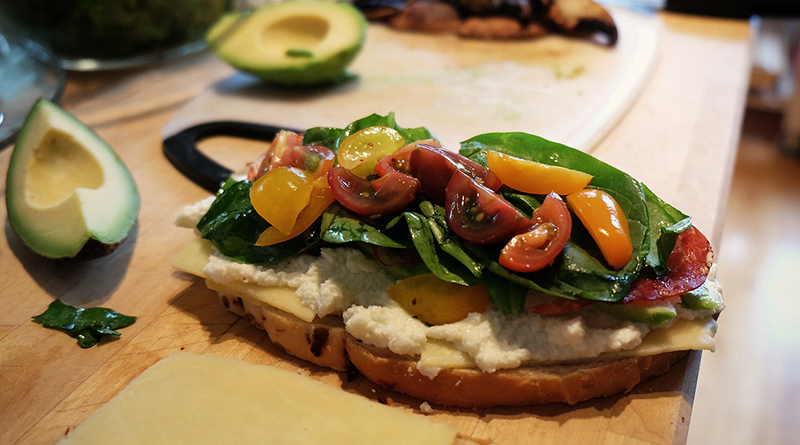Weight loss a New Year’s resolution? Go Mediterranean
Fruits and vegetables, fish and olive oil – all are key components of the Mediterranean diet.
By Janet McCann
Mayo Clinic Health System
Taking naps, socializing, drinking wine – who knew these activities could help lower the risk of developing numerous chronic diseases and cancer? Sign me up.
Yes, there is more work to be included into the Mediterranean diet, but it’s more than just a diet – the Mediterranean diet is viewed as a model eating plan for good health.
The Mediterranean diet became popular after the 1970s Seven Countries Study, which compared various diets of people living in southern Italy, Greece, northern Europe and the United States. Not only is it for weight loss – it’s a heart-healthy eating plan as well, because it has been proven to lower death risks from cardiovascular disease and strokes. It also lowers risk for diabetes, cancer, and Alzheimer’s and Parkinson’s disease.
While much of the plan focuses on healthy eating, a large part also includes slowing down and enjoying life, something many of us often need to be reminded of.
The basics of Mediterranean-style eating include the following:
- Sit down at a table for at least two lunches or dinners per week.
- Take time and enjoy the meal.
- Eat with friends and family.
- Focus on specific food intake.
Focus on fruits, vegetables, nuts and grains
Instead of jumping to sugary desserts, try eating fruit instead. Purple and orange fruits – such as pomegranates, figs and grapes – are a rich source of flavonols and anthocyanins, which reduce heart disease risk.
Peaches, nectarines and cantaloupes are a great source of carotenes and other types of antioxidants. The antioxidants in fruit will counteract inflammatory processes after a meal, which will give you natural sugars and key vitamins and minerals.
As with any typical diet plan, it is important to include a variety of dark green vegetables for their vital nutrients and antioxidants. Nuts and seeds are good sources of fiber, protein and healthy fats. Switch to whole-grain bread, cereal, rice and pasta products.
Eat more fish
Fish is the main source of animal protein included in the Mediterranean diet. Include a serving of fish at least two times each week. Fish – including salmon, albacore tuna, halibut, herring, sardines, mackerel and trout – contain omega-3 fatty acids, which promote heart and brain health.
Consumption of red meat is rare in traditional Mediterranean eating. Portions of red meat and poultry are usually kept to three ounces or less.
Try different types of dairy – and go for the olive oil
Switch things up a bit by trying different types of cheese and milk. In the Mediterranean region, it is more common to see goats and sheep than cattle. It is likely these animals are pasture-raised, which enhances the animal’s nourishment and creates healthier fat within products.
To add flavor to food, use garlic, herbs and virgin olive oil instead of butter and canola oil. These natural products will help protect your heart and provide great flavor to your meals.
A simple way to start is by trying some Mediterranean recipes. Talk to your health care provider or a registered dietitian, or visit mayoclinichealthsystem.org for more information.
Janet McCann is a registered dietitian who sees patients
in Diabetes Education at Mayo Clinic Health System
in Eau Claire.



